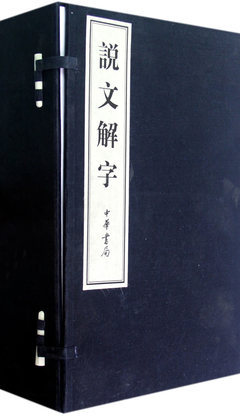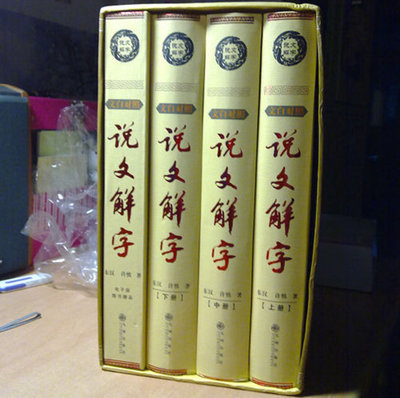
intense a. 1.强烈的,剧烈的;极度的The fracture caused him intense pain. 骨折给他造成了剧烈的疼痛。2. 热情的;热切的The candidate has many intense supporters.这位候选人有许多热烈的支持者
intensive a. 1. 加强的;密集的an intensive bombardment密集轰炸 2. 精深的;透彻的 an intensive course inEnglish 英语精读课程 3. 特别护理的 Intensive care in hospitals isgiven to the seriously ill. 医院对危重病人作特别护理。4. 集约栽培的;精耕细作的 intensivefarming 集约农业 1. characterized by a high degree or intensity;often used as a combining form 2. tending to giveforce or emphasis 3. of agriculture; intended toincrease productivity of a fixed area by expending more capital andlabor。
intense: very great; very strong especially in quality or feeling;extreme. 强烈的
intensive:giving a lot of attention or action to a small amount ofsth.
Like many couples, they have enjoyed a drop in prices for a varietyof items they have bought in recent weeks -- thanks to a sloweconomy and intense competition.和其他夫妇一样, 近几个星期他们俩购买了许多价格低廉的物品, 这应该感谢市场的疲软和竞争的激烈。Intense pain can mean serious damage.有剧痛说明伤得很重。I cannot stand the intense heat here.我受不了这里的酷热。比较:intense 和 intensive 的意思在相当程度上是交叉的, 但是它们经常有细微的差别。当用来描述人的感情或活动时,intense 通常指由内在倾向而来的力量或专心, 它特别适于用来描写感情状态:intense pleasure, dislike,loyalty, and so forth.Intensive 极度的快乐,极为厌恶,非常忠诚等等。Intensive更常用于指行为的强度和程度是由外部强加的:intensive bombing, training,marketing. 强烈的爆炸,强烈的训练,紧张的营销。 因此Mark's intense study of German 指马克自己对集中的行为负责, 而Mark's intensive study of German意味着马克的学习计划是打算在短时间内涉猎大量内容
 爱华网
爱华网


